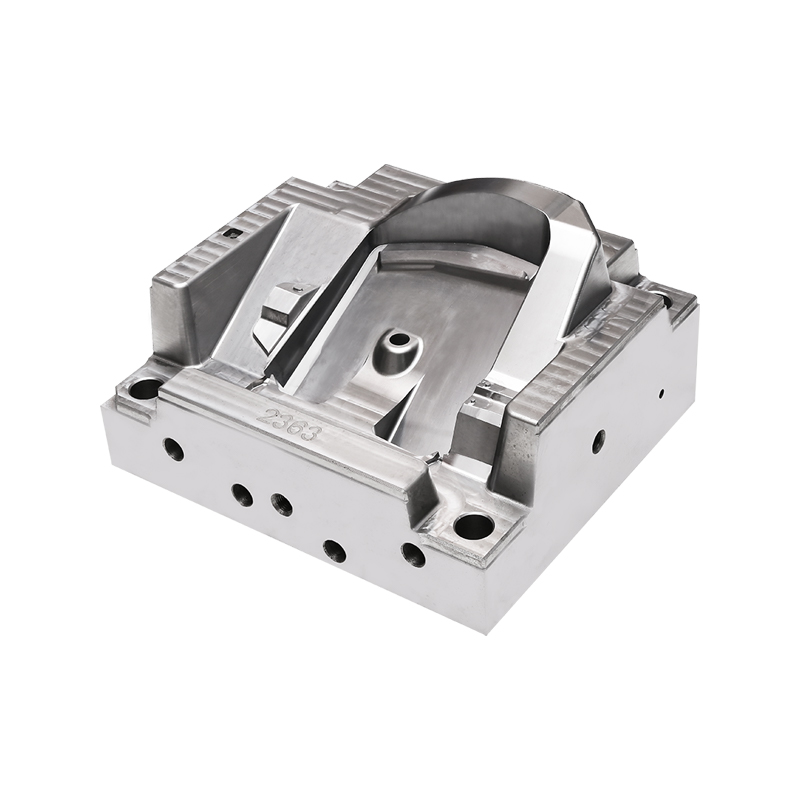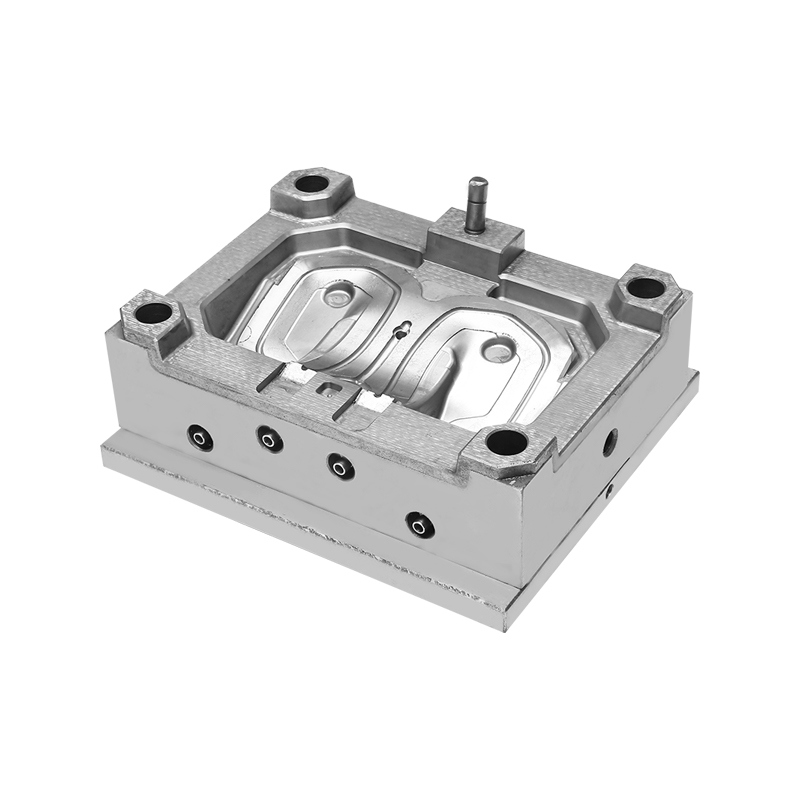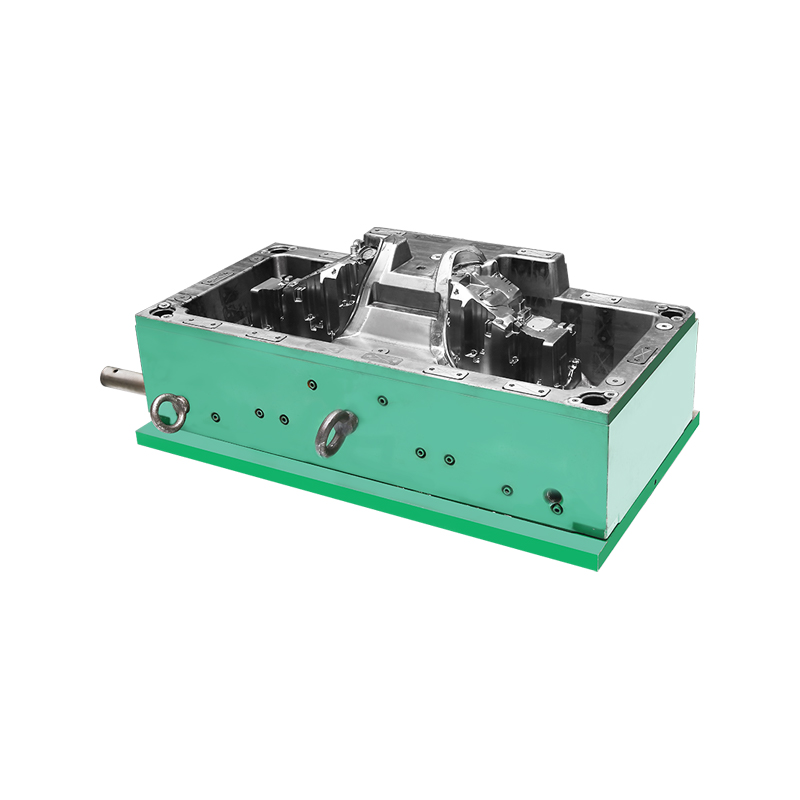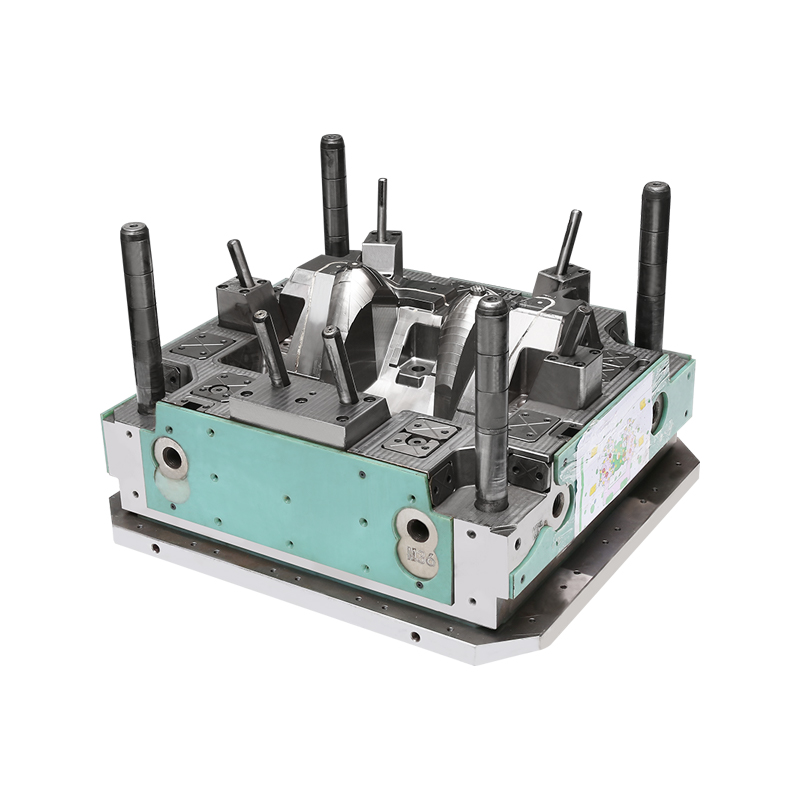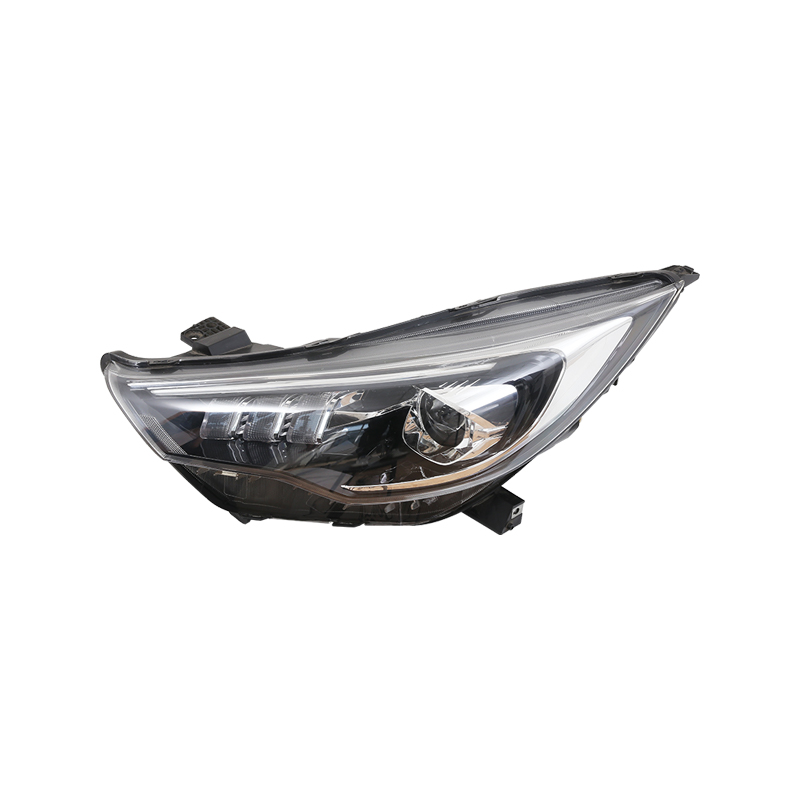The Plastic Injection Mold plays a pivotal role in shaping the modern manufacturing landscape. From automotive components to intricate medical devices, this technology ensures consistent quality, high-volume production, and design flexibility. Its adaptability makes it a cornerstone of industrial manufacturing, particularly in sectors that demand precision and durability. This article explores how the Plastic Injection Mold is applied across four major industries—automotive, electronics, medical, and home appliances—while highlighting real-world cases that reinforce its value and versatility.
In the automotive industry, the Plastic Injection Mold is used extensively to produce components that are both functional and aesthetic. Bumpers, dashboards, door panels, air vents, and various under-the-hood parts are typically manufactured using Plastic Injection molding processes. The need for tight tolerances, repeatability, and resistance to temperature fluctuations makes the Plastic Injection Mold the reliable method for mass-producing these components.
Automotive manufacturers rely on high-performance Plastic Injection Mold systems to reduce vehicle weight without sacrificing strength. This is particularly crucial as the industry shifts toward fuel efficiency and electric vehicle platforms. For example, a Tier 1 automotive supplier recently adopted a multi-cavity Plastic Injection Mold to produce lightweight structural clips used in electric SUVs. This move not only improved production output by 30% but also reduced material waste significantly.
The electronics sector requires small, complex parts with detailed geometries, often made from heat-resistant or anti-static polymers. A Plastic Injection Mold enables manufacturers to achieve intricate designs with minimal error, making it indispensable for producing items such as connectors, housing units, keypads, and PCB enclosures.
A consumer electronics firm known for its high-end smartwatches has implemented a custom Plastic Injection Mold system for manufacturing watch frames and back covers. The mold was designed to accommodate ultra-thin walls and tight sealing grooves for water resistance. As a result, the company achieved a seamless fit between parts and maintained product consistency across thousands of units.
The precision offered by the Plastic Injection Mold ensures that even the delicate components meet quality standards in terms of shape, dimension, and material strength. This has become increasingly critical in devices that demand compact design and high performance.
In the medical field, Plastic Injection Mold technology is synonymous with safety, cleanliness, and exactness. It is widely used to manufacture diagnostic devices, surgical instruments, syringe bodies, vials, and other disposable equipment. Medical-grade molds are subject to stringent quality standards and often require stainless or hardened steel construction to meet hygienic regulations.
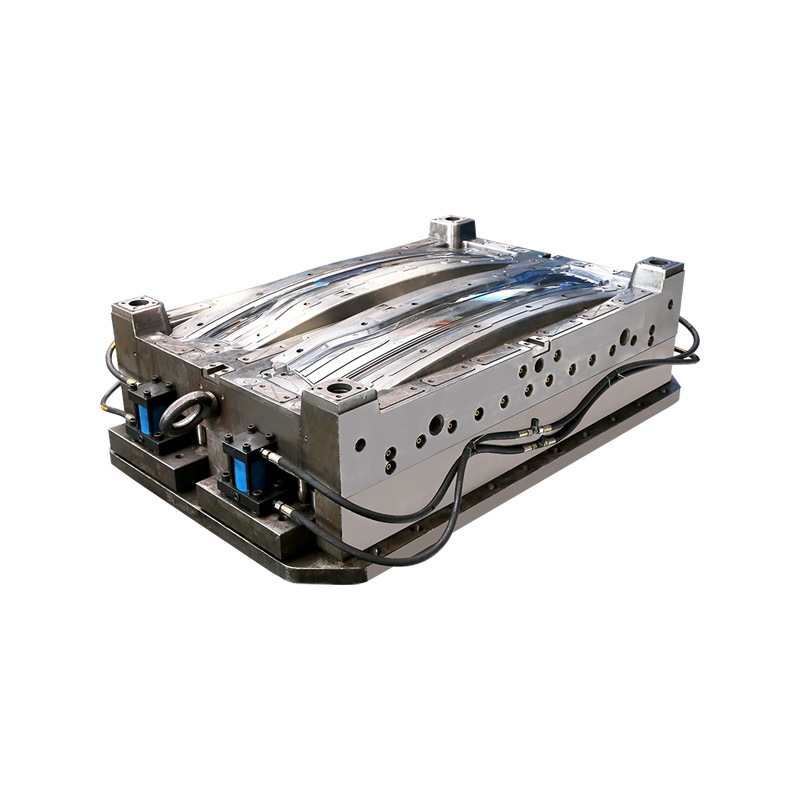
A noteworthy case involves a medical equipment supplier that selected P20 mold steel to manufacture molds for single-use syringes. The chosen Plastic Injection Mold ensured high cavity precision and was capable of withstanding long production cycles without degradation. The use of medical-grade polymers and cleanroom injection molding technology further enhanced product safety and compliance with international health standards.
The reliability and hygiene offered by the Plastic Injection Mold are essential in this sector, where even minor deviations can result in compromised patient care or regulatory failure.
Home appliances—from coffee makers to washing machines—benefit significantly from the durability and aesthetic finish that Plastic Injection Mold technology provides. Manufacturers favor this method for producing control panels, knobs, casings, and functional internal parts due to its scalability and cost efficiency.
One notable home appliance brand recently revamped its blender product line using a high-output Plastic Injection Mold to produce the appliance's housing. By integrating texture patterns and logo embossing directly into the mold design, the brand was able to eliminate secondary finishing steps. The result was a streamlined production cycle with reduced labor costs and consistent product quality.
This case underlines how the Plastic Injection Mold serves not just for functional purposes but also enhances the visual appeal of consumer products, an important factor in a competitive marketplace.
Across industries, the Plastic Injection Mold stands as a fundamental technology driving modern manufacturing. Its applications in automotive, electronics, medical, and home appliance sectors demonstrate its flexibility, precision, and cost-effectiveness. From lightweight car parts and intricate electronic housings to sterile medical instruments and stylish household items, the Plastic Injection Mold enables companies to meet rising consumer expectations while maintaining quality and efficiency.
As manufacturers continue to innovate and push product boundaries, the demand for versatile and reliable Plastic Injection Mold solutions will only grow. It is not just a production method—it is a strategic asset for industries aiming to scale with precision and confidence.

 English
English 中文简体
中文简体 русский
русский Español
Español
